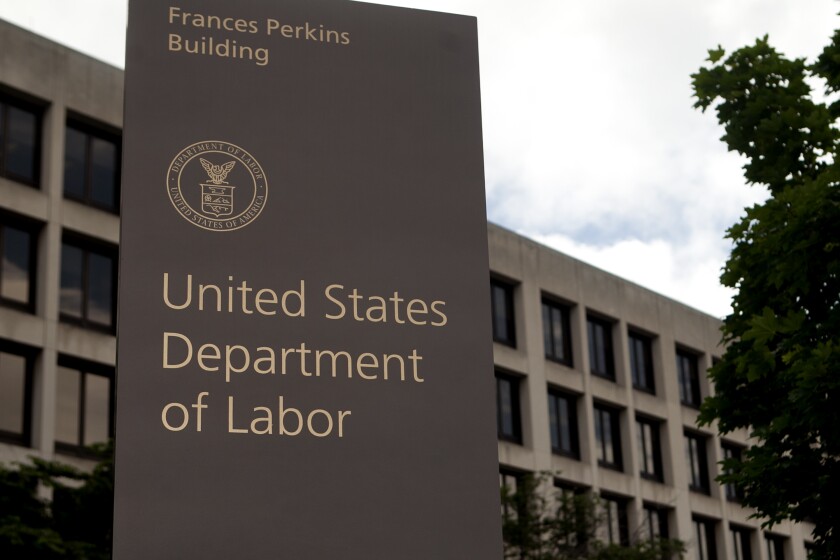When the coronavirus pandemic began, Square pushed hard to get a bigger share of merchants' online sales and consumers' stimulus spending — and even received its long-desired bank license — but found that this wasn't enough to offset the effects of the crisis.
Square’s losses rose sharply to $106 million during the first quarter due to effects of the pandemic, while seller activity slowed, Square announced Wednesday. Gross payment volume during the quarter reached $25.7 billion, up from $22.6 billion a year earlier. This included strong results through January and February before sellers’ volume began to fall in March as coronavirus spread, Square said.
The industrial banking license Square received in March should make it more nimble as it comes to market with lending products that its merchants likely need to survive the crisis. However, the model Square uses for making loans via its Square Capital business relies on future merchant sales to repay them — sales that typically come from physical stores.
"Card-present volumes were down approximately 60% year-over-year in the last two weeks of March, while card-not-present volumes were less affected," said Amrita Ahuja, Square’s chief financial officer, during a conference call with analysts, according to a transcript.
"Additionally, we refunded all March software subscription fees for our sellers to support them during the COVID-19 pandemic. And beginning in mid-March, we paused new core flex loan offers for Square Capital given lower visibility in this disruptive time," Ahuja said.
Sellers’ volume declined another 39% in April from a year earlier, but the company saw signs of stabilization toward the end of last month, Ahuja said. Square’s net loss included higher loan loss reserves to offset recent and anticipated losses from the virus outbreak.
Gross profit during the first quarter was $539 million, up 36% over the same period a year earlier.
With more consumers sheltering at home, there was also a dramatic shift to online spending, and Square is leaning hard into this trend.

"In March, we looked critically at our roadmaps and decided to quickly reprioritize our work to advance some initiatives originally slated later in the year," Jack Dorsey, Square's CEO, said during the conference call, according to a transcript. "Within two weeks of the first shelter-in-place orders we launched curbside pickup and delivery options in the Square Online Store and made them free for all sellers … [and] we launched a gift card portal to help buyers search for Square sellers in their neighborhoods to continue to support them."
Many merchants are offering virtual gift cards as a way to maintain revenue and keep in contact with their customers even as their doors remain shut. Other companies, such as Fattmerchant, also recently launched a virtual gift card offering as a way to meet this demand.
The U.S. Small Business Administration and the Treasury Department relaunched the Paycheck Protection Program on Monday to new borrowers, prioritizing loans from community lenders.
Growth in small business jobs and wages declined last month as a result of the novel coronavirus pandemic, according to payroll giant Paychex.
The economic fallout from the coronavirus pandemic is continuing.
Square saw noticeable consumer spending shifts from coronavirus-related business closures during the quarter, with card-not-present transactions up from around 30% last year.
Square’s P2P Cash App — which the company pitched as a way to receive and spend stimulus funds — saw its profit during the first quarter rise 115% year over year. Direct deposit volumes tripled in April, Ahuja said. Cash App users’ aggregate stored value during the quarter rose to $1.3 billion.
But Square is competing heavily for those stimulus payments. PayPal also made a bid to consumers to use its accounts for those funds, and saw a dramatic lift in enrollment.
“I would characterize April as perhaps our strongest month since our IPO,” said Dan Schulman, PayPal's president and CEO, in an earnings call Wednesday.




